The monitor lizard was six feet long from nose to tail, maybe even longer. We were in the Philippines, and we were all staring at it.
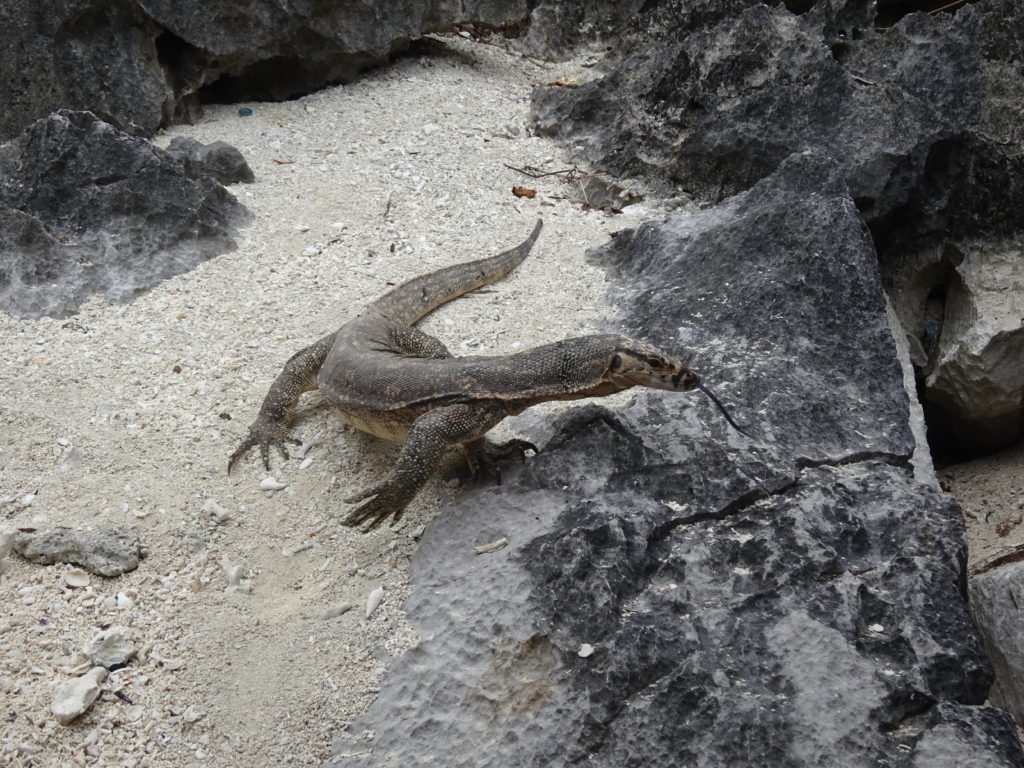 A close relative of the somewhat larger and more famous Komodo Dragon, all monitor lizards belong to the genus Varanus, a word derived from the Arabic meaning “dragon” or my favorite, “lizard beast.” And what a beast he was (but in a good way).
A close relative of the somewhat larger and more famous Komodo Dragon, all monitor lizards belong to the genus Varanus, a word derived from the Arabic meaning “dragon” or my favorite, “lizard beast.” And what a beast he was (but in a good way).
On our recent tour through several Philippine islands we made a stop at Coron, which consists of a couple of big islands and around 50 other islets. The day was spent snorkeling both in Kayangan Lake, a mixed fresh and salt water body of water, and a tropical reef filled with fishes and corals. For lunch we took the outrigger to another part of the island for a nice beach picnic.
Perhaps that is what attracted the monitor.
After eating we noticed some rasping sounds behind us and suddenly there was this lizard, its tongue flicking out repeatedly in search for food. Virtually all monitor lizards are primarily carnivorous, although there are three arboreal (tree climbing) species in the Philippines that are fruit eaters. This one was not arboreal but strutting along the rocky gravel and sand looking for food. It may have smelled the crabs and fish and other delicacies we had just barbecued up, or maybe it was looking for other reptiles or amphibians…or even birds and small mammals. I’m suddenly reminded that humans are mammals and wondering what monitor lizards consider “small.”
This particular one graced our presence for about 20 minutes or so. At one point a stray cat – feral cats are everywhere in the Philippines – engaged in its own stare down with the monitor from a relatively safe rocky perch. We could tell the monitor was thinking about it, but then suddenly, a semi-feral dog raced into the scene and leaped onto the back of the monitor, which quickly shed its unwanted rider and sped into the crevices of the nearby rocks. The cat also jumped a mile in the air from the sudden intrusion and took off into the forest. Whether the dog was rescuing the cat or simply felt ignored by all the people gazing at the monitor is unclear, but after about 10 minutes searching fruitlessly for the lizard among the rocks, it slowly made its way back to the beach.
And so ended our monitor moment. This was the first monitor lizard seen on the trip, but not the last. A day later another was wondering near our stop off for the underground river on the Philippine island of Palawan. Then we spotted another in the mangrove forest of Brunei (where we also saw a proboscis monkey, but more on the monkeys later). Monitor lizards are oviparous, meaning they lay eggs, as few as seven and as many as three dozen at a time. We didn’t see any nests, but there is plenty more to talk about so look for future posts on monitors and other Philippine flora and fauna.

Lincoln: The Fire of Genius: How Abraham Lincoln’s Commitment to Science and Technology Helped Modernize America is available at booksellers nationwide.
Limited signed copies are available via this website. The book also listed on Goodreads, the database where I keep track of my reading. Click on the “Want to Read” button to put it on your reading list. Please leave a review on Goodreads and Amazon if you like the book.
You also follow my author page on Facebook.
David J. Kent is President of the Lincoln Group of DC and the author of Lincoln: The Fire of Genius: How Abraham Lincoln’s Commitment to Science and Technology Helped Modernize America and Lincoln: The Man Who Saved America.
His previous books include Tesla: The Wizard of Electricity and Edison: The Inventor of the Modern World and two specialty e-books: Nikola Tesla: Renewable Energy Ahead of Its Time and Abraham Lincoln and Nikola Tesla: Connected by Fate.



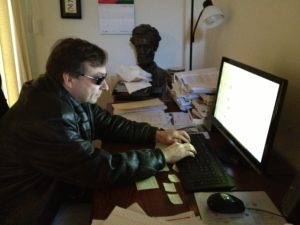 The year 2018 in a writer’s life was good. Well, kind of up and down, really. Okay, let’s just call it a year of transition. And that is actually a good thing.
The year 2018 in a writer’s life was good. Well, kind of up and down, really. Okay, let’s just call it a year of transition. And that is actually a good thing.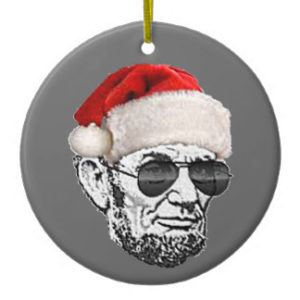 A few days before Christmas 1864, Abraham Lincoln received a Christmas present from General William T. Sherman –
A few days before Christmas 1864, Abraham Lincoln received a Christmas present from General William T. Sherman – 










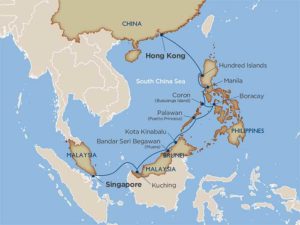 Traveling can take you back in time (as in, history)…or it can take you away in space (as in, geography; so far no actual space travel for me). I’m about to do both.
Traveling can take you back in time (as in, history)…or it can take you away in space (as in, geography; so far no actual space travel for me). I’m about to do both.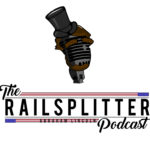 The
The 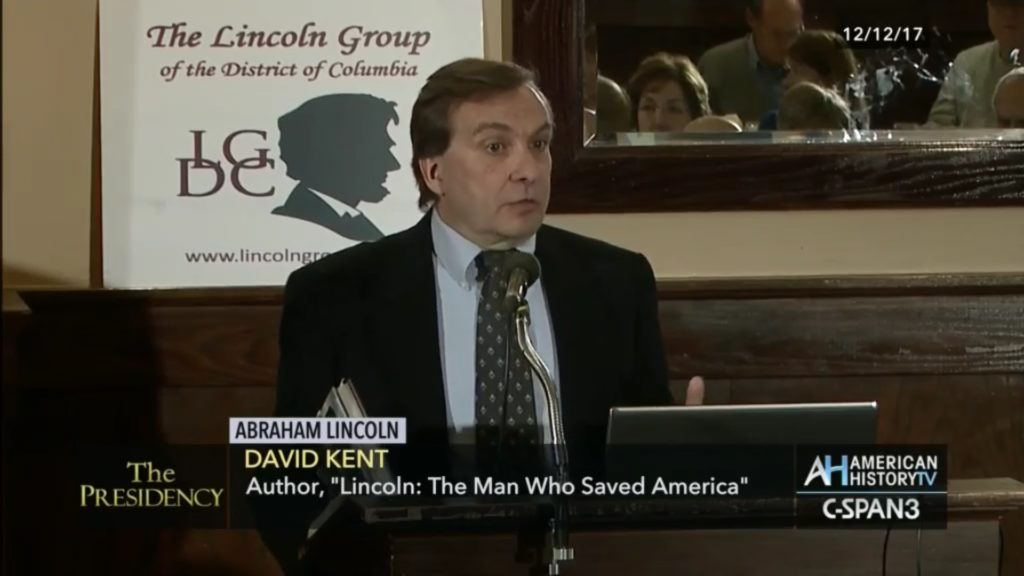
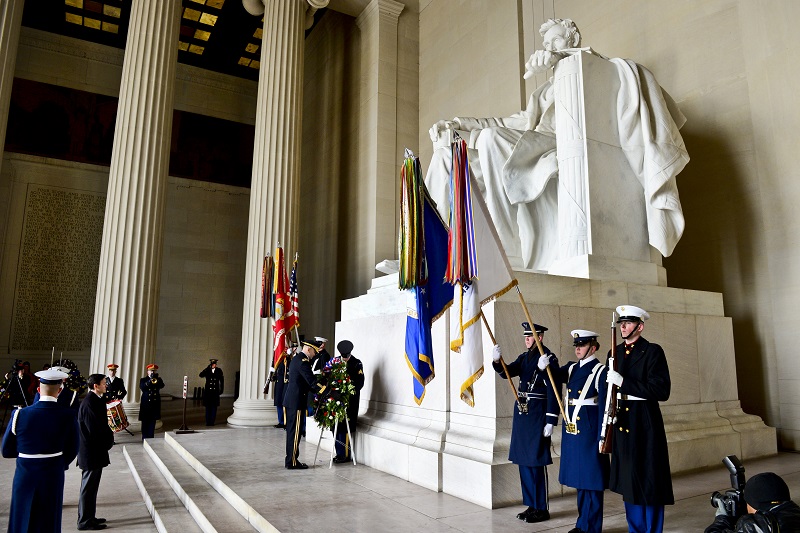
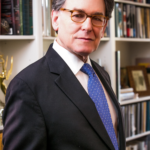 On Tuesday night I’ll be attending a joint meeting of the
On Tuesday night I’ll be attending a joint meeting of the 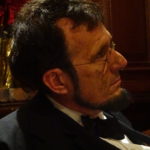 It doesn’t stop there. Next week (February 22nd, 7 pm) I’ll be at the National Archives for the Lincoln-Douglas-Douglass Debates. In this very special presentation we’ll have Lincoln interpreter George Buss recreating his famous debates with Stephen A. Douglas (portrayed by Tim Connors). After a short break, Lincoln will return to have a discussion with Frederick Douglass (portrayed by Phil Darius Wallace) using a script written by world famous Lincoln scholar Harold Holzer. Harold will moderate the debates. This is a once in a lifetime event that cannot be missed. [And it’s free] Check out more info at the National Archives.
It doesn’t stop there. Next week (February 22nd, 7 pm) I’ll be at the National Archives for the Lincoln-Douglas-Douglass Debates. In this very special presentation we’ll have Lincoln interpreter George Buss recreating his famous debates with Stephen A. Douglas (portrayed by Tim Connors). After a short break, Lincoln will return to have a discussion with Frederick Douglass (portrayed by Phil Darius Wallace) using a script written by world famous Lincoln scholar Harold Holzer. Harold will moderate the debates. This is a once in a lifetime event that cannot be missed. [And it’s free] Check out more info at the National Archives.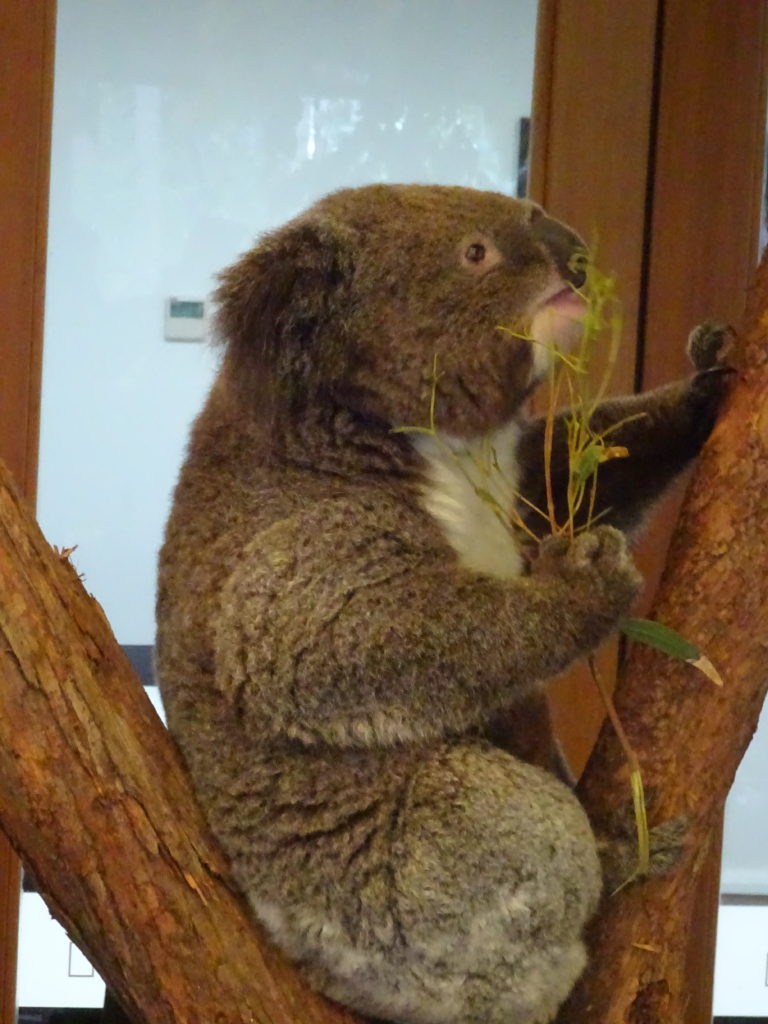
 The answer is a combination of timing and plate tectonics. At one time most of the continents were clumped together in what was called Pangea. But around 175 million years or so ago Pangea started to move apart. Given Australia’s position and movement away from the other land masses, and given that primates like monkeys are a relatively new evolutionary grouping (25 to 40 million years ago), there was no feasible way for monkeys (or monkey ancestors) to travel to the secluded island of Australia.
The answer is a combination of timing and plate tectonics. At one time most of the continents were clumped together in what was called Pangea. But around 175 million years or so ago Pangea started to move apart. Given Australia’s position and movement away from the other land masses, and given that primates like monkeys are a relatively new evolutionary grouping (25 to 40 million years ago), there was no feasible way for monkeys (or monkey ancestors) to travel to the secluded island of Australia.
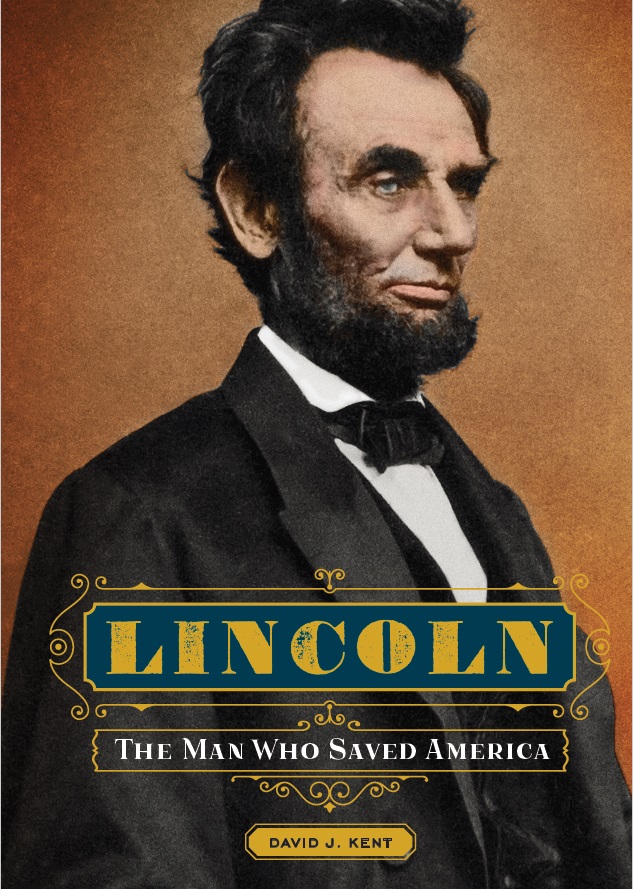
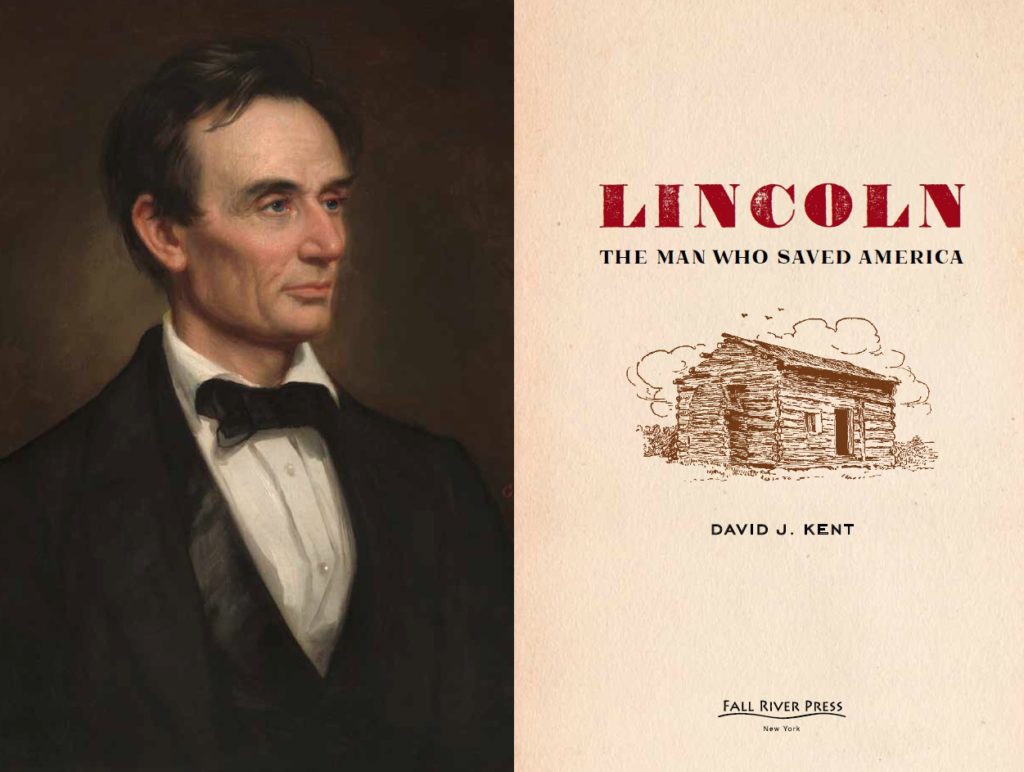

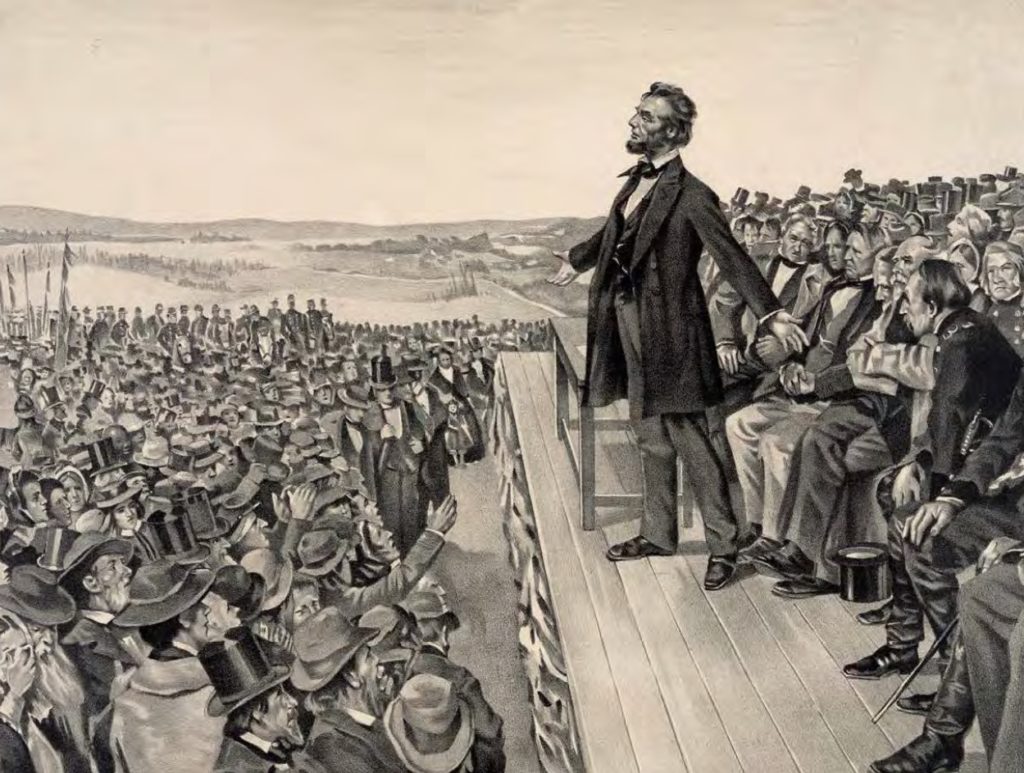
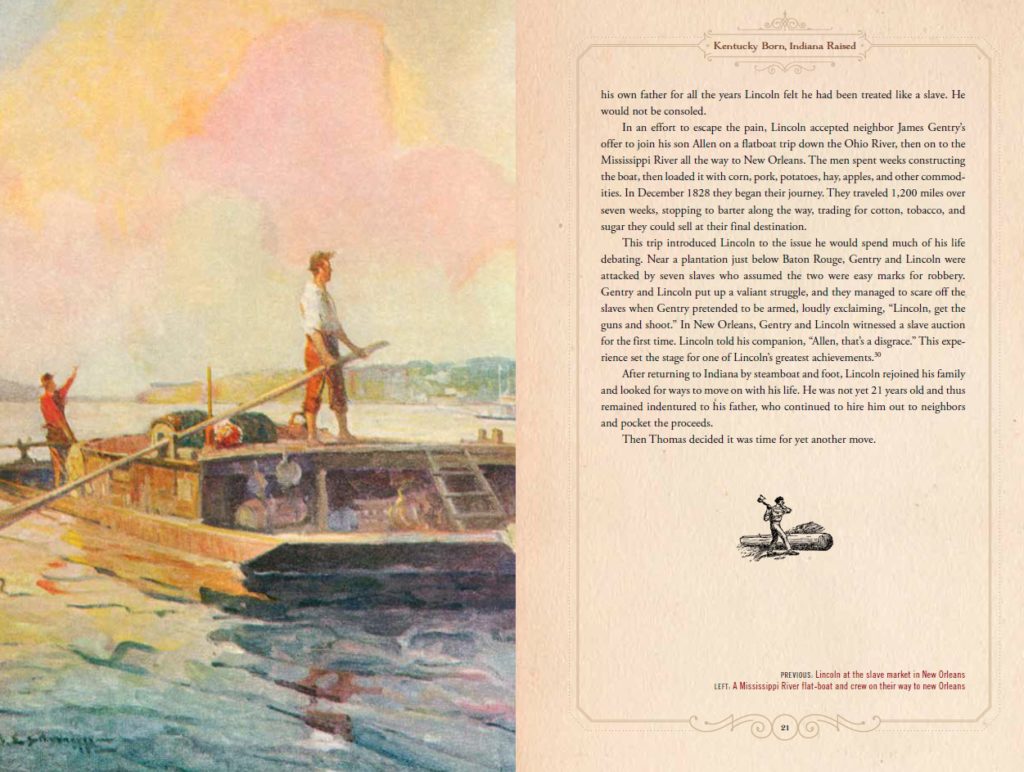
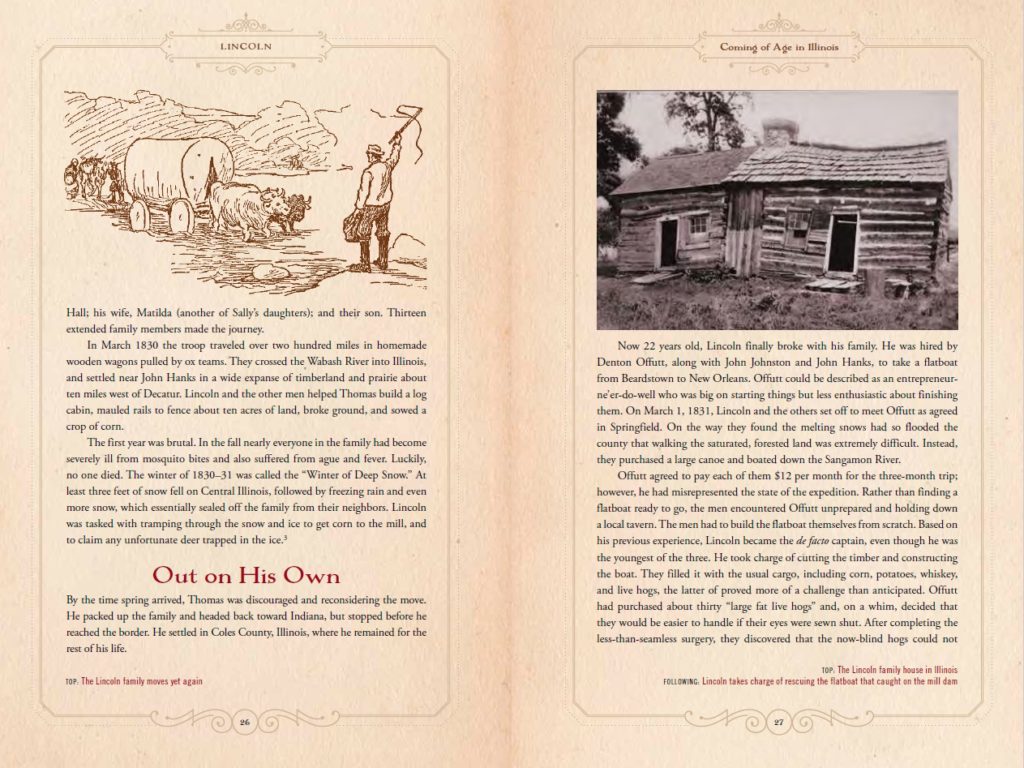
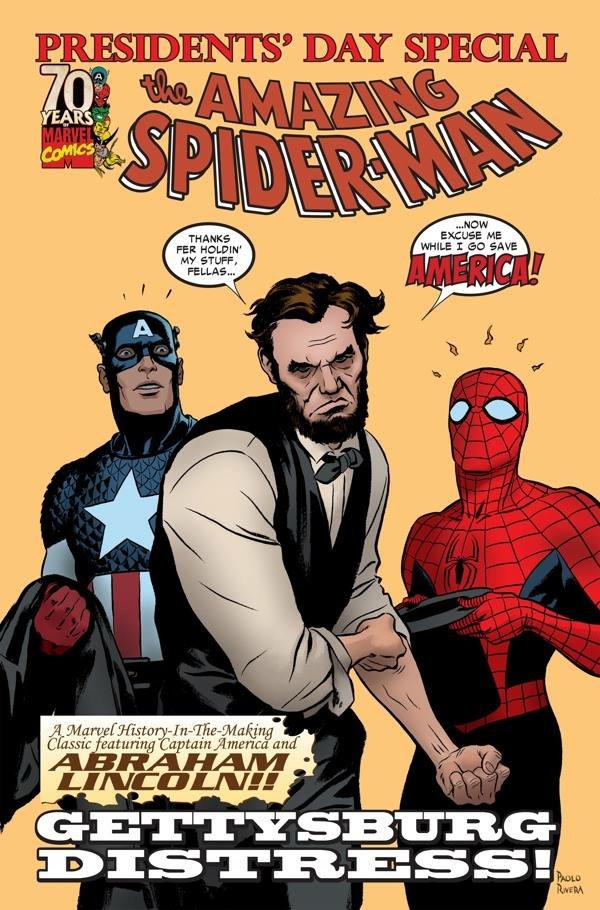

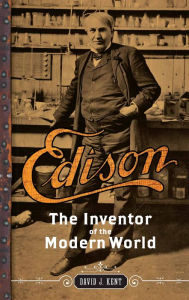
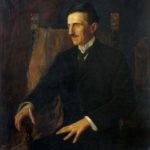 Rotating magnetic fields, alternating current motors and transformers, the Tesla coil, wireless transmission of radio communication, wireless lighting…Nikola Tesla had no shortage of inventions that he could call his own. But these were not the only inventions in which he dabbled. Besides his wireless radio communication and alternating current systems, and like other great inventors from da Vinci to Edison, Tesla was intrigued by a great many other issues. One such issue to which he gave a great deal of thought was the relationship between matter and energy. Late in life he even claimed to have developed a new dynamic
Rotating magnetic fields, alternating current motors and transformers, the Tesla coil, wireless transmission of radio communication, wireless lighting…Nikola Tesla had no shortage of inventions that he could call his own. But these were not the only inventions in which he dabbled. Besides his wireless radio communication and alternating current systems, and like other great inventors from da Vinci to Edison, Tesla was intrigued by a great many other issues. One such issue to which he gave a great deal of thought was the relationship between matter and energy. Late in life he even claimed to have developed a new dynamic  Einstein, of course, received the Nobel Prize in Physics in 1921 “for his services to theoretical physics, and especially for his discovery of the law of the photoelectric effect.” While he is probably best known for his development of “the world’s most famous equation, E = mc2,” Einstein’s greatest contributions were in reconciling the laws of classical mechanics with the laws of electromagnetic fields. He believed that Newtonian mechanics did not adequately accomplish this reconciliation, which led to his special theory of relativity in 1905. Extending this concept to gravitational fields, Einstein published his general theory of relativity in 1916. The following year he applied the general theory to model the structure of the universe as a whole.
Einstein, of course, received the Nobel Prize in Physics in 1921 “for his services to theoretical physics, and especially for his discovery of the law of the photoelectric effect.” While he is probably best known for his development of “the world’s most famous equation, E = mc2,” Einstein’s greatest contributions were in reconciling the laws of classical mechanics with the laws of electromagnetic fields. He believed that Newtonian mechanics did not adequately accomplish this reconciliation, which led to his special theory of relativity in 1905. Extending this concept to gravitational fields, Einstein published his general theory of relativity in 1916. The following year he applied the general theory to model the structure of the universe as a whole.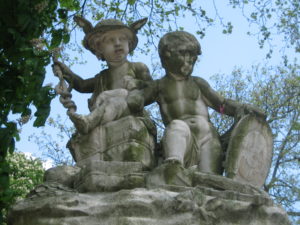 I’ve been writing periodic posts cataloguing my previous three-year secondment to Brussels.
I’ve been writing periodic posts cataloguing my previous three-year secondment to Brussels. 






